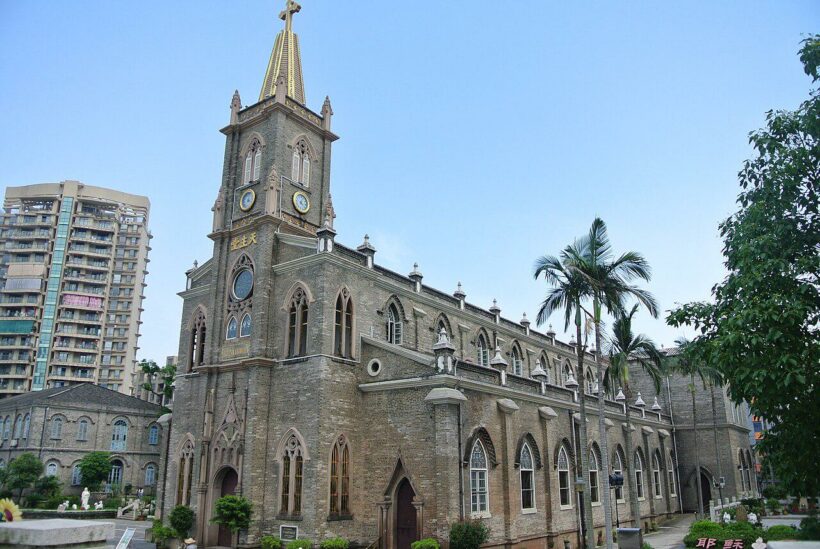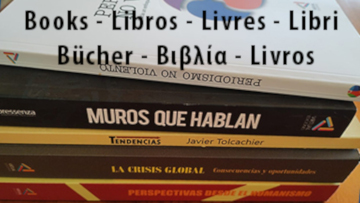Fuzhou, June 2025 – The appointment of Bishop Lin Yuntuan as auxiliary bishop of Fuzhou by the Vatican marks a turning point in Sino-Vatican relations. Under the guidance of Pope Leo XIV, the first US pontiff, the Holy See has fully implemented the controversial 2018 provisional agreement with Beijing—a delicate diplomatic balance that preserves Europe’s last functioning channel to China while maintaining formal ties with Taiwan.
The installation ceremony on June 11 crowned a meticulously orchestrated process involving approvals from the state-recognized Catholic committee of Fujian, the Chinese Episcopal Conference, and the Vatican. This trilateral approval mechanism, established under the renewed 2022 agreement, represents a rare operational consensus between Rome and Beijing.
This gesture unfolds at the heart of a geopolitical contradiction. The Holy See is the only European state to maintain formal diplomatic relations with Taiwan, yet at the same time, it is the only actor able to engage in concrete dialogue with China through agreed mechanisms.
While other Western actors, such as the United States—which formally recognized the People’s Republic of China as the sole legitimate government of China since 1979, in adherence to the ‘One China’ policy sanctioned by UN General Assembly Resolution 2758 of 1971—stoke tensions in the Taiwan Strait through arms sales, naval exercises, and confrontational rhetoric, the Vatican moves in the opposite direction. Lacking formal diplomatic relations with Beijing, the Holy See has charted its own path: silent, patient, diplomatic. This is the true face of peace diplomacy.
Today, only thirteen states maintain official diplomatic relations with Taiwan, among them small island countries such as Palau, Tuvalu, and Nauru, and a few Latin American and African nations. The Holy See is the only sovereign European entity to do so. This makes its ability to engage with Beijing all the more unique: a diplomatic actor that, without severing ties with Taipei, manages to build a functional understanding with the Chinese government on a matter as delicate as the appointment of bishops.
The figure of Lin Yuntuan, 73, already apostolic administrator of the Diocese of Fuzhou and a protagonist of the local ecclesial life since the 1980s, thus becomes the first visible expression of the Vatican-China agreement under the new pontificate. Born in Fuqing, Fujian, Lin was ordained a priest in 1984 and consecrated a bishop in 2017. His long administrative and pastoral experience in the region has made him a trusted figure for both Rome and Beijing.
The choice of the Diocese of Fuzhou also holds symbolic value. Fujian is the Chinese region closest to Taiwan and has been a crossroads of the Chinese diaspora to the island for centuries. Over half of Taiwan’s population has origins in Fujian, and many families still maintain familial and cultural ties with mainland China.
The Diocese of Fuzhou also includes territories (such as the Matsu Islands) that, though under the de facto administration of Taipei, belong to the Chinese religious jurisdiction. In this sense, Lin’s appointment assumes an additional meaning: that of symbolically uniting two shores of the same Sino-Catholic world in a historical phase marked by division.
The Holy See’s diplomacy, even under a U.S. passport-holding pope, does not bow to bloc logic. The 2018 agreement has not been annulled but relaunched: in an era where great powers raise their voices and amass arms, the Vatican still bets on a model of diplomatic patience.
Vatican Press Office Director Matteo Bruni explicitly spoke of ‘another fruit of the dialogue between the Holy See and the Chinese authorities.’ Chinese Foreign Ministry spokesperson Lin Jian stated on June 12 that ‘China is willing to work with the Vatican to promote the continuous improvement of China-Vatican relations through constructive dialogue and mutual trust.’
The contrast with U.S. diplomacy is stark. Washington openly supports the arming of Taipei and uses it as a pawn in its strategic rivalry with China. Yet, it is precisely thanks to the Vatican’s approach that, at least in ecclesial matters, an irreparable rupture has been avoided. The alternative would have been continued unilateral appointments, de facto schisms, and Catholic communities divided between clandestinity and patriotism. The Holy See chose another path: imperfect, but workable.
It must be acknowledged that the process remains fragile. The unilateral appointment of the bishop of Shanghai in 2021 demonstrated the concrete risks of an agreement still subject to divergent interpretations. And the ‘provisional’ nature of the agreement, renewed every four years, leaves the path constantly exposed to tremors. But for this very reason, every step taken has double value: not only as an ecclesial act, but as a political signal.
In a world burning under the weight of conflicts—from the ongoing genocide in Gaza to attacks on Iran—the Holy See pours wise and patient drops of water on the fire, nurturing multipolar recognition and faint yet strong hopes for peace.
The agreement with China stands out from other models (such as the informal one with Vietnam or mere tolerance in Cuba) for its structured and binding form. Unlike contexts where diplomacy is improvised, the Chinese case is codified, written, signed. And it is in this written space that the Pope moves, with patience and determination.
The Vatican’s multilateral and multipolar attitude is not limited to China. The Holy See remains consistently committed to building peaceful relations also in Latin America and Africa, where its role in mediation and interreligious dialogue is often the only credible alternative to security drifts or external interference. Vatican diplomacy operates with the same patient and discreet logic: recognizing local complexities, listening to community needs, building bridges where others raise walls.
The appointment of Lin Yuntuan is not merely the chronicle of an episcopal ordination: it is confirmation that the Holy See continues to play a unique role on the international stage. And it does so today, with a pontiff from the United States who does not betray but reaffirms the path of dialogue. Perhaps it is precisely from here—and not from military summits or geopolitical forums—that a new idea of peaceful coexistence may begin.
For now, hope has a name and a diocese: Lin Yuntuan, Fuzhou.






